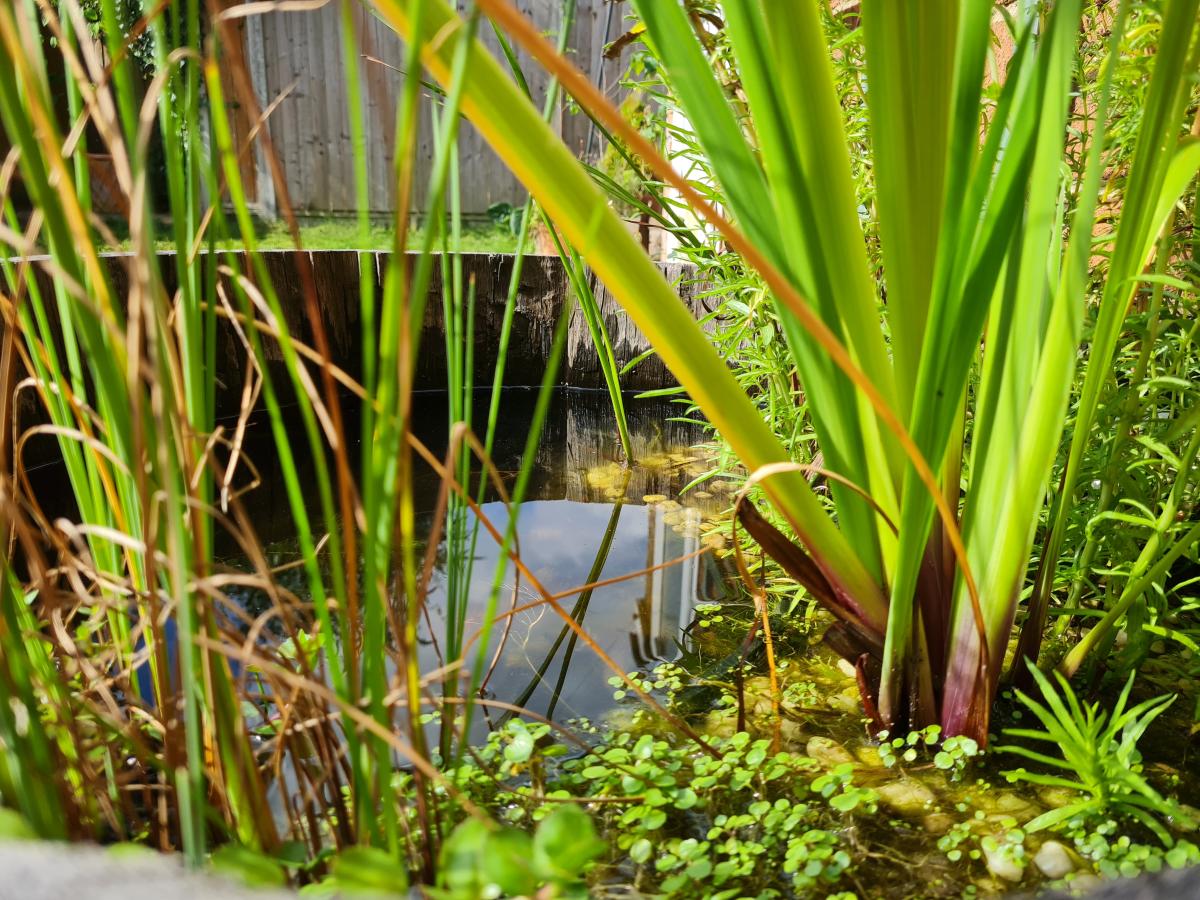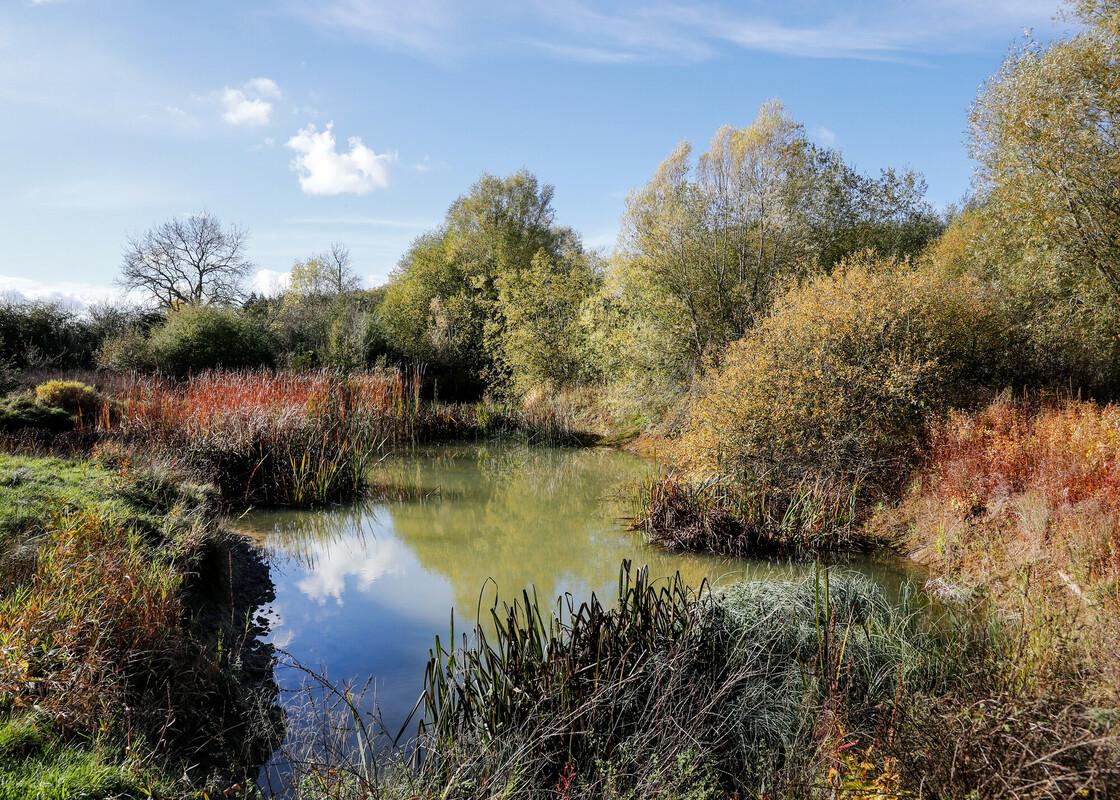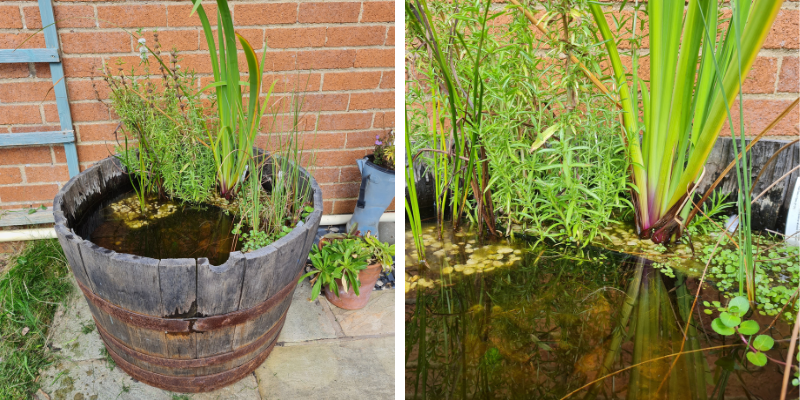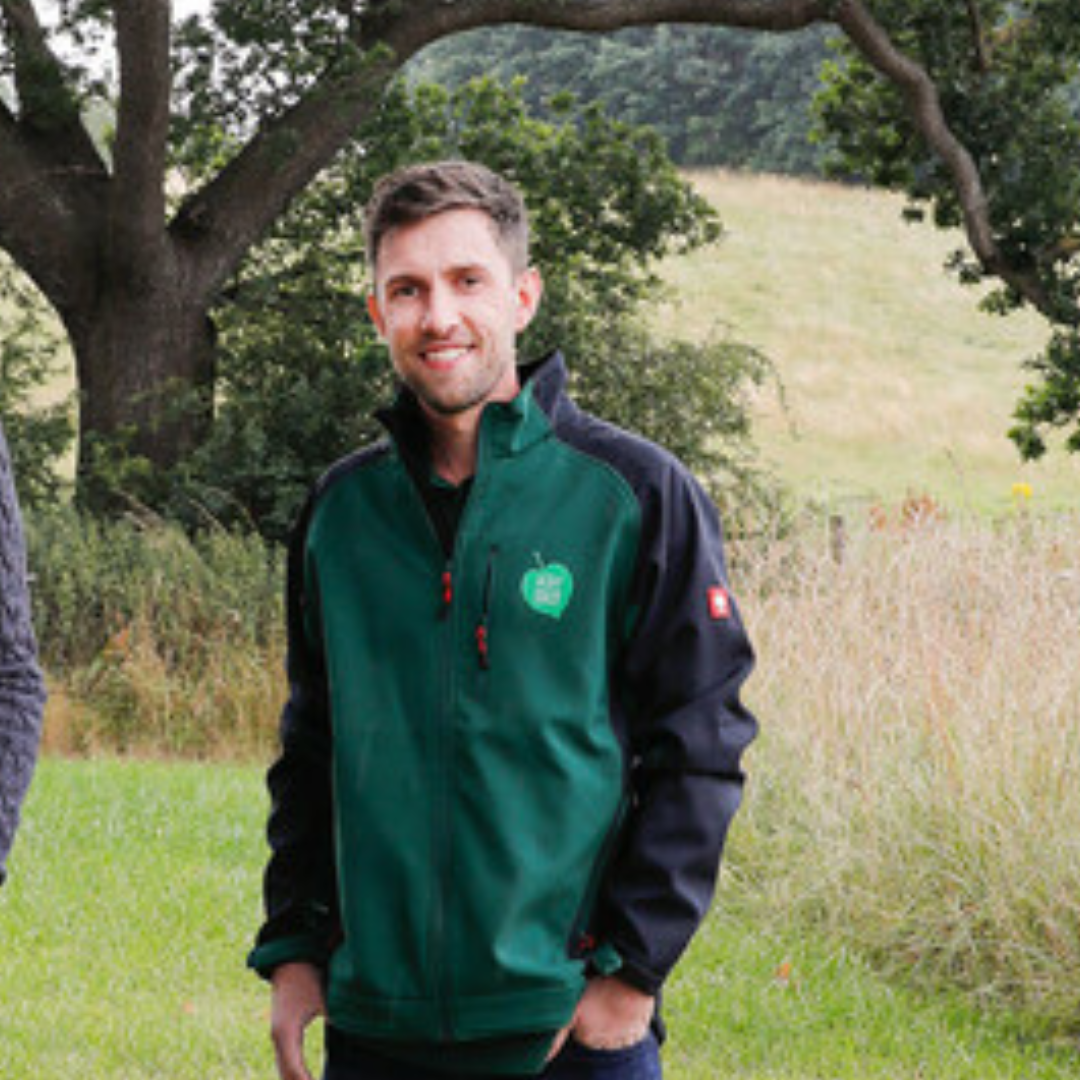
The importance of ponds
Thanks to ongoing surveys, we can confidently state that the 150 ponds in the Forest bring an array of both common and rarer wildlife species to the West Midlands. We are encouraging all nature lovers to get involved in helping wildlife across the UK, by extending these marvellous habitats to your own outdoor spaces.
Ponds are incredibly rich in biodiversity, often being home to many rare species, such as the great crested newt, water-violet, true fox sedge, and medicinal leech. Relative to their size, ponds hold high level of species richness, and often more biodiversity than larger ecosystems such as rivers and lakes.
They are, however, often undervalued and overlooked as a habitat. Not only is creating a wildlife pond a lovely thing to do for your garden, but it also plays an important role for wildlife. Ponds are vital habitats for wetland wildlife such as dragonflies and frogs, and they also support species such as birds, mammals, and insects. What is great about creating your own pond is it does not have to be expensive, as you can recycle things such as spare gravel and old plant pots!

Build your very own pond
Even if you have very little space, the impact of even a micro habitat can make a huge difference to wildlife in your area. Before you start you will need:
-Miniature waterlily (Nymphaea "Pygmaea Helvola")
-Lesser spearwort (Ranunculus flammula)
- First you need to find a suitable spot in your garden for the pond. The pond will require light to flourish but must not be in full sunlight all the time. The hole needs to be just deep enough for your container to sit on the top.
- Prior to placing your container, you need to ensure it is watertight - line it with pond liner if it isn’t. It is good to use items such as wood or metal when creating a wildlife pond, however that is not always possible so using a plant pot is equally as effective.
- Next add a selection of gravel and rocks to the bottom of the container to create a bottom layer. Use rocks, wood, and bricks to create a range of different depths which can also then act as slopes for creatures to be able to climb in and out of. If your container is high up use rocks to create a ramp on the outside.
- Allow your pond to fill with rainwater - you want to avoid using tap water if possible as this can alter the pH and add unwanted nutrients which encourage algal growth. If you do use tap water, then allow the water to sit for a few days before planting so the chemicals can dissipate.
- Once your pond is filled you can add your pond plants. Two or three different types of plant is a good starting number for a small pond.
- Now watch and wait for wildlife to start using your pond! Try to avoid artificially introducing fish and frogs as they can spread disease from other areas into your pond.

Look at Forest Ranger Tim’s recently created homemade pond – we’d love to see the ponds that you create in your outdoor spaces and discover what visits them. Please remember to take photographs of your micro habitats that mirror those larger ponds here in the Forest, and tag us on social media, Facebook, Twitter and Instagram.
Find out more information about how we manage our ponds in the Forest for the benefit of biodiversity here: Managing ponds for biodiversity | Heart of England Forest
The team members that helped you today:





